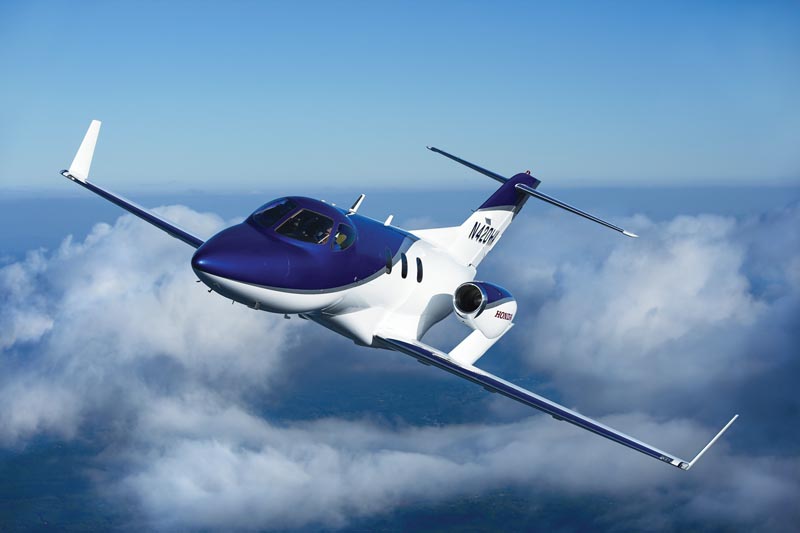For decades, booking a private jet meant phone calls, opaque quotes, and guesswork about availability. That era is ending. AI, mobile apps, and modern APIs are pulling charter out of the analog past and into a real-time, transparent marketplace. The result: faster bookings, smarter pricing, safer operations, and a clearer view of what you’re actually buying. Here’s how the technology stack is reshaping aircraft charter – and what to watch next.
From rolodex to real time
Traditional charter relied on brokers who knew which operators had the right aircraft and crew. That human network still matters, but data now moves first. Modern platforms ingest live fleet positions, maintenance status, crew duty limits, runway conditions, and weather. They run the constraints, surface viable options, and present them in an app within seconds. The broker or traveler still decides, but the search is radically faster and more accurate.
This is the core promise of AI-driven private jet booking services: compress the decision window without cutting corners on safety or suitability. You get options that actually work—right aircraft, right range, right runway—before you finish your coffee.
AI’s role under the hood
AI isn’t just a buzzword pasted on a price button. It supports several critical steps:
- Aircraft matching: Machine learning models map mission profiles (passengers, luggage, range, runway length, surface type, weather) to aircraft performance envelopes. Instead of broad categories (“light jet,” “super-midsize”), you get specific tail numbers that meet margins for that day’s density altitude and runway slope.
- Dynamic pricing and demand forecasting: Models analyze seasonality, special events, historical charter rates, fuel costs, and repositioning patterns to predict fair market prices. That enables instant quotes that hold up in the real world and can flag savings opportunities like same-aircraft turnarounds.
- Empty-leg optimization: When an aircraft must fly empty to reposition, algorithms match those legs with flexible travelers. This cuts waste, reduces emissions per passenger, and drops prices—often dramatically—when your schedule can flex.
- Risk scoring: AI flags operational risk factors: weather deterioration along the route, performance margins at hot/high fields, crew duty exceedance, and alternate airport quality. The system can suggest safer departure times or different equipment before a human even reviews the plan.
- Conversational search: Natural-language interfaces let you type, “Tomorrow afternoon, 6 people, Miami to Teterboro with skis and a dog.” The engine extracts constraints and returns viable itineraries with the right pet and de-icing policies.
What the best apps do well
Not all tools are equal. The strongest platforms share a few traits:
- Transparent specs: They show runway requirements, baggage volume, pressurization altitude, lavatory type, Wi-Fi availability, and cabin height—side by side.
- Operator-grade data: Live NOTAMs, MEL impacts, crew currency, and maintenance windows feed the search results, so you’re not booking a ghost flight.
- End-to-end flow: In-app KYC, contract e-sign, insurance verification, payment, and real-time updates reduce back-and-forth. Push notifications replace check-in calls.
- Ground integration: Car service, FBO selection, catering, and special handling (pets, firearms, medical equipment) are built into the booking flow.
- Sustainability toggles: You can request SAF blends where available, see estimated CO₂ per passenger, and choose to offset—or pick an aircraft with lower burn for the mission.
Safety remains the north star
Speed means nothing without safety. AI helps by standardizing diligence that humans sometimes skip under time pressure. Good platforms:
- Pull audit data (IS-BAO, ARGUS, Wyvern), accident/incident history, and insurance limits.
- Verify crew qualifications specific to the mission (mountain, short-field, overwater).
- Enforce operational guardrails: daylight-only strips, crosswind limits, and icing rules.
- Offer independent trip reviews by dispatchers for high-risk profiles.
AI can’t replace a chief pilot’s judgment, but it can highlight issues early, surface better choices, and create an auditable trail of decisions.
For travelers: what changes—and what doesn’t
Faster search, clearer choices. Expect to go from vague inquiry to vetted options in minutes, not days. Cabin photos, seat maps, and true interior dimensions remove surprises.
More predictable pricing. Instant quotes reduce the old “let me check with the operator” delays. You’ll still pay for positioning and peak periods, but you’ll see why.
Better communication. Apps push alerts for crew assignments, tail changes, wheels-up time, and FBO details. You get a single timeline instead of a messy email thread.
Human expertise still matters. Complex missions—remote strips, diplomatic flights, film projects with tons of gear—benefit from a human who’s been there. The best services blend software with seasoned ops teams.
For operators: opportunities and pressure
AI-enabled marketplaces bring more demand and cleaner leads, but they also raise expectations.
- Higher utilization: Smarter matching and empty-leg capture keep aircraft flying revenue miles.
- Data discipline: You’ll need accurate feeds for availability, maintenance, and crew. Garbage in, garbage out.
- Margin squeeze: Transparent pricing narrows spreads. Operators win on reliability, safety, and service, not opacity.
- Brand visibility: Apps increasingly surface operator brands, not just broker names—good news if you run a tight ship.
Payments, contracts, and fraud prevention
Payments are finally catching up to the rest of fintech. You’ll see escrow options, card-on-file with dynamic 3-D Secure, and instant refunds when ops plans change. Contracts move to templates that reflect real operational constraints instead of catch-all legalese. On the fraud side, ID checks, device fingerprints, and anomaly detection reduce the risk of last-minute no-shows or chargebacks on high-ticket flights.
Privacy and security: non-negotiables
Charter is a magnet for sensitive itineraries. Look for:
- Data minimization: Only essential PII collected, with clear retention windows.
- Granular access controls: Ops teams see what they need; sales sees less.
- Encrypted everything: In transit and at rest, with audited key management.
- Vendor scrutiny: FBOs, chauffeurs, and caterers should receive only trip-relevant details, not full profiles.
Your itinerary shouldn’t be marketing fuel. Ask how your provider handles anonymization and deletion.
Sustainability with real numbers
Promises are easy; math is harder. Leading platforms calculate fuel burn by aircraft and route, then show CO₂ estimates per passenger. They’ll flag SAF availability at departure FBOs, offer verified offsets, and nudge you toward right-sizing (e.g., turboprop vs. light jet for sub-500-mile hops). AI-driven private jet booking services can also propose multi-leg consolidations for groups headed to the same event, reducing total flights without killing flexibility.
What’s next: five near-term shifts
- Personalized pricing: Your history, flexibility, and preferences will inform targeted offers on empty legs and shoulder-day departures.
- Proactive re-routing: Systems will suggest earlier wheels-up or a different alternate as weather evolves, with one-tap approvals.
- Voice-first planning: Hands-free trip building via car or smartwatch, with instant visual itineraries on your phone.
- Integrated duty management: Operators will see AI suggestions that balance crew rest, training currency, and fleet health in one view.
- Global permit automation: API-driven overflight and landing permits will shorten lead times in regions where paperwork used to stall trips.
How to choose an AI-enabled charter partner
- Ask for the data flow. What sources power availability, safety audits, and weather? How often are they refreshed?
- Check safety governance. Is there a formal safety management system? Who signs off on high-risk trips?
- Demand transparency. See the operator name, tail (when possible), and hard performance numbers, not just marketing categories.
- Test support. Message the 24/7 desk with a complex scenario. Speed and clarity now tell you everything about day-of-flight performance.
- Review privacy posture. Read the policy. Confirm deletion rights and third-party sharing rules.
Final Thoughts
The private aviation market is shifting from phone-driven to data-driven. Apps and AI-driven private jet booking services don’t just make charter faster; they make it smarter—matching the right aircraft to the mission, revealing true costs, elevating safety, and shrinking the carbon footprint per seat when you choose wisely. Human expertise still anchors complex trips, but software now handles the heavy lifting, so every stakeholder—traveler, broker, and operator—can focus on what actually matters: a safe, efficient flight that does exactly what you need, when you need it.








